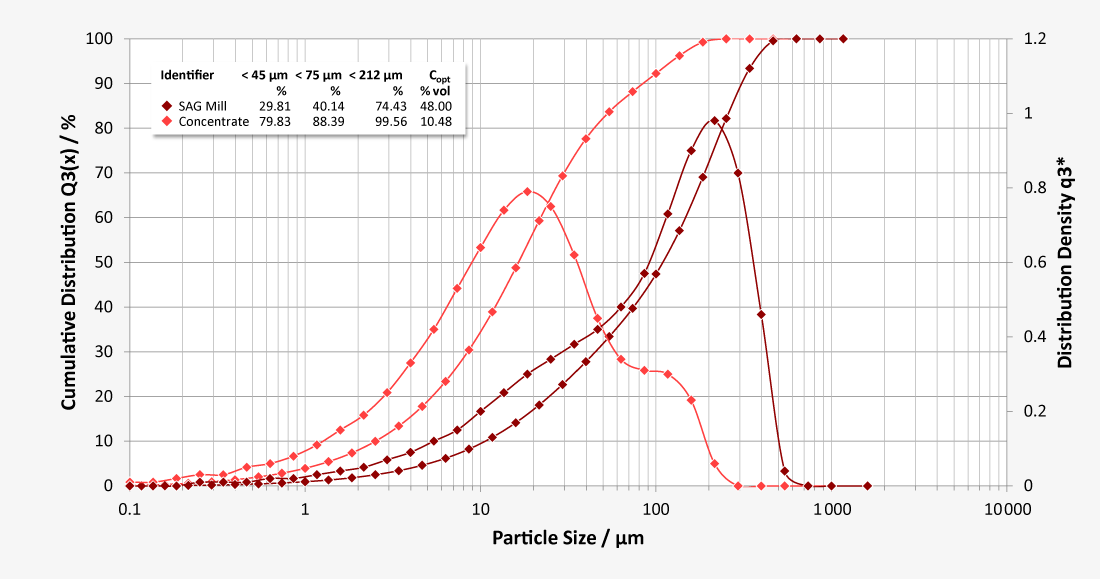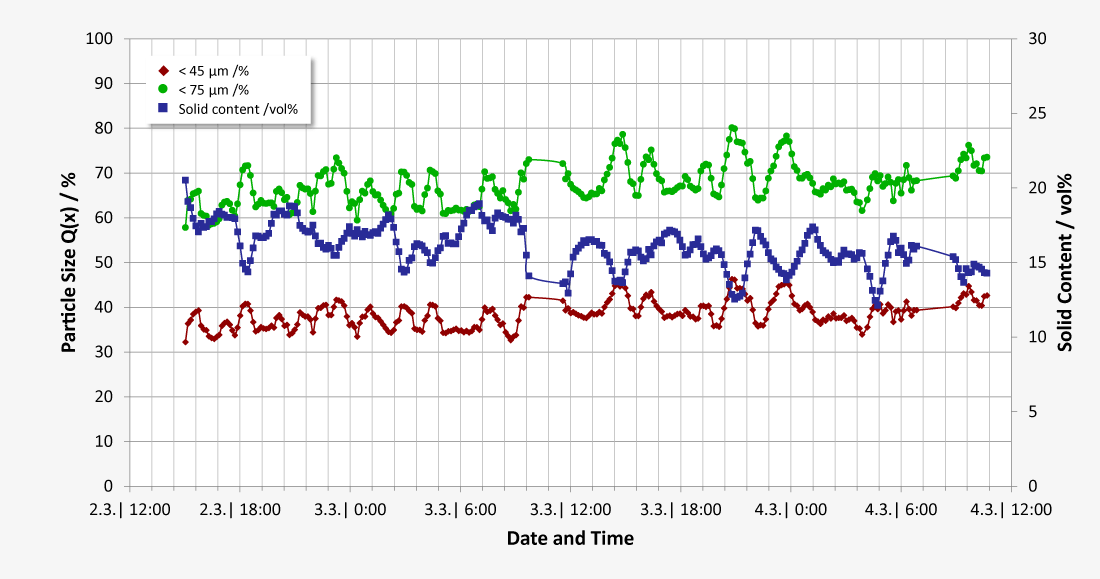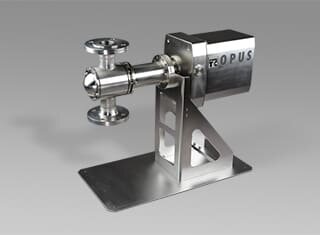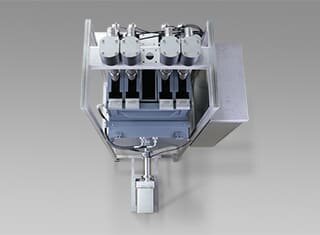Real-time monitoring of grain size and concentration in ore slurries
The extraction of raw minerals begins with the mining of rich ores, which are then cut up in crushers and grinders. The pieces of rock initially weighing tonnes are ground down to a few tenths of a millimetre. This grinding process, which often covers six decimal orders of magnitude of the particle size, is carried out in several steps. Classic crushers are used for the coarse grinding process. The primary and secondary grinding takes place in autogenous (AG) or semi-autogenous (SAG) mills and in ball or rod mills. If the raw material is sufficiently finely distributed, it is classified in wet-chemical flotation cells according to reusable material and waste rock (residual mineral). The material substrate obtained is called concentrate.
The particle size is of particular importance in this process. If the particles are too large, unwanted accessory minerals cannot be separated from the ore. The ore concentrate obtained only has a low purity. Overgrinding, on the other hand, results in high milling costs and low throughput as well as an increased need for chemicals in flotation. Furthermore, flotation cells are sensitive to solid overloading. Another relevant process parameter is therefore the solid concentration of the ore suspensions fed to the flotation cells.
Compliance with the ideal grain size and the solids load in the transition from the last grinding stage for the flotation cell requires monitoring of the ore suspension in real time. This measurement task places high demands on the technology used. It is therefore important, on the one hand, to record relevant and representative sample quantities from the huge streams of the main product. On the other hand, the abrasive mineral slurries flowing at a high speed require robust and wear-resistant sensors.
- Determining the purity of the ore concentrate based on the particle size
- Continuous and timely inspection of particle size and solid concentration when grinding and sifting
- Avoiding overgrinding and reducing energy consumption
- Process optimisation and system control in real time by connecting measurement technology to process control systems
- Control solid concentration in the flotation
Better Particles with best instruments
The OPUS measuring system based on ultrasonic extinction fulfils these requirements and provides simultaneous real-time analysis – of both the particle size distribution and the solid concentration. The acoustic measurement method allows the ultrasonic measuring probe to be immersed directly into the volume flow and, in this way, analyses up to 300 litres of undiluted and unconditioned mineral slurry within minutes.
In practice, a combination of primary samplers and a MULTIPLEXER is frequently applied in order to monitor several grinding lines using only one OPUS sensor. Initially, partial streams are diverted from up to four main product streams and led to the MULTIPLEXER. This fully automatically ensures sample feeding to the OPUS-sensor, which is seamlessly integrated in the MULTIPLEXER Use of the MULTIPLEXER also provides a reduced product flow in the OPUS sensor measurement zone, which in turn significantly increases the already very good service lives.
Download application note for detailed information
Are you interested in additional content? Please register an account. After confirming the registration link brochures, application notes and other documents on particle measurement will be available for download.
Application strengths
- High statistical reliability thanks to large sample sizes | up to 300 litres per analysis
- Analyses in full volume flow and without sample dilution
- Classical resolution in 31 size classes
- Simultaneous analysis of solid concentration and particle size
- Sturdy design without moving parts
- Low-wear ultrasonic transducer
- Multiplex-compliant | Inspection of several grinding lines
- Good comparability with results from a screening analysis
Customer benefits
- Optimum output at high concentrate grade
- Reduction of energy consumption by avoiding overgrinding and during flotation processes
- Optimum flotation with reduced chemical use thanks to consistent suspension quality | Improve of raw material efficiency
- Damage prevention in the flotation cells
- Inspection and management of the mill feed with various feed material compositions















